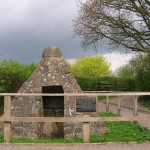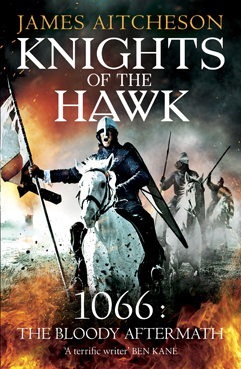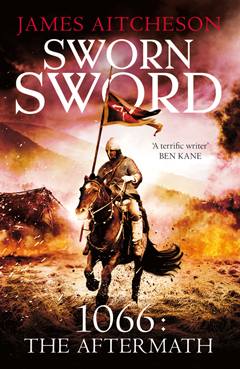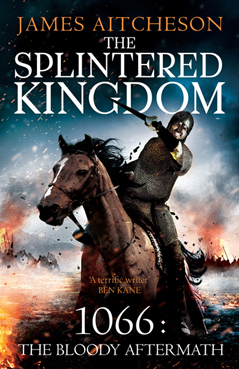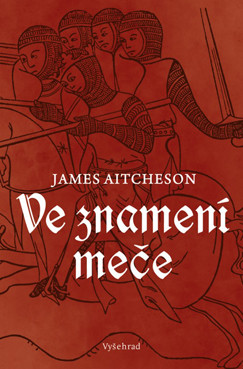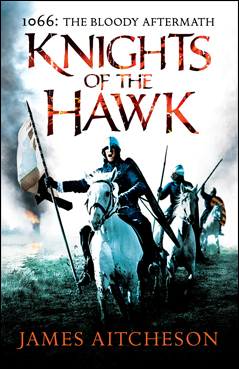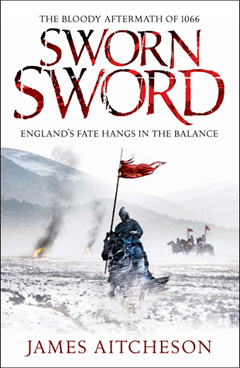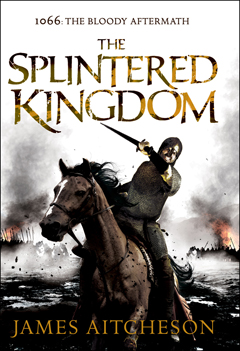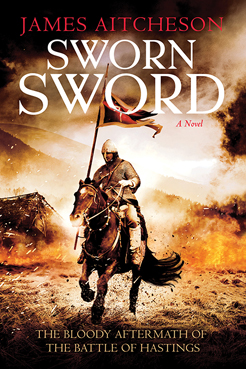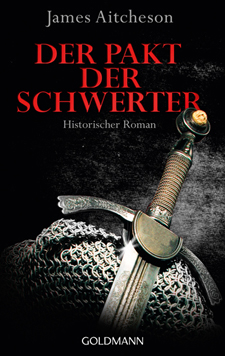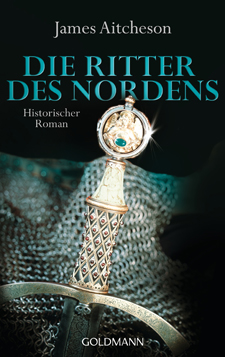As many of you will have heard, the Festival of History at Kelmarsh Hall on 14-15 July had to be cancelled after heavy overnight rain led to the local river bursting its banks and flooding the site. If you want to get some idea of just how wet it was, take a look at the photos on the BBC History Magazine website.
The flooding meant that the planned Festival of Historical Writing also couldn’t go ahead, including the panel discussion in which myself and fellow writers Robyn Young, Angus Donald and John Man were due to talk about “the heroes of history”. My own chosen subject was William the Conqueror – not the most obvious choice for many people today, perhaps, although the Normans at the time certainly would have regarded him as a hero despite his chequered career.
As disappointed as I was to miss out on the chance to speak, and also to see the planned Battle of Hastings re-enactment, I can only imagine how disappointing it must have been for all those visitors who travelled many miles especially for the Festival only to be turned away. There has been some tentative talk of possibly resurrecting the heroes panel at some future event, although nothing has been confirmed. In the meantime I might present my case for the Conqueror here on the blog, so watch this space.
Thwarted by the Northamptonshire weather but still determined to see some history, I crossed the border into Leicestershire to visit Bosworth Battlefield, the site of the famous clash in August 1485 between the forces of Henry Tudor and King Richard III, which saw the latter lose his life and the former claim the crown of England (as Henry VII).
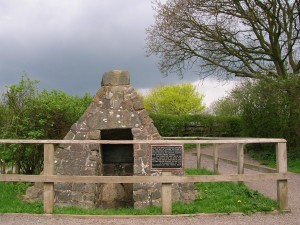
The well from which Richard III is said to have drunk before the Battle of Bosworth on 22 August 1485.
The later Middle Ages, the Wars of the Roses and the rise of the Tudor dynasty present largely unfamiliar territory for me, being mainly an early medieval specialist, but walking the mile-and-a-half-long Battlefield Trail that leads around the site gave me a real insight into the period. Display panels dotted around the site describe the historical context and tell the story of the battle, and also suggest how the countryside might have looked in the late fifteenth century and how the armies might have approached each other on that fateful summer’s day, taking into account recent research into the site.
The real brilliance, however, comes in the audio installations located at key points on the Trail, which describe how ordinary soldiers on both sides might have felt on the march to Bosworth and on the night prior to going into battle, exploring the tension and the anxiety in a way that really brings the battle to life. There is a small charge to get into the exhibition at the Heritage Centre, but it’s free to enter the Country Park and walk around the Battlefield Trail, which I would thoroughly recommend if you get the chance.
Who was the hero and who was the villain in the contest between Henry Tudor and Richard III? The site makes no judgements, but allows visitors to make up their own minds about the two rivals for the crown. Certainly some of the supporting players were less than savoury characters, such as the duplicitous Stanley brothers who betrayed Richard at the critical moment in order to secure greater glory and set themselves up as kingmakers. Perhaps there’s a novel in there somewhere…
*
The Bosworth Battlefield Heritage Centre is open from February to December; the Country Park is open all year round.

